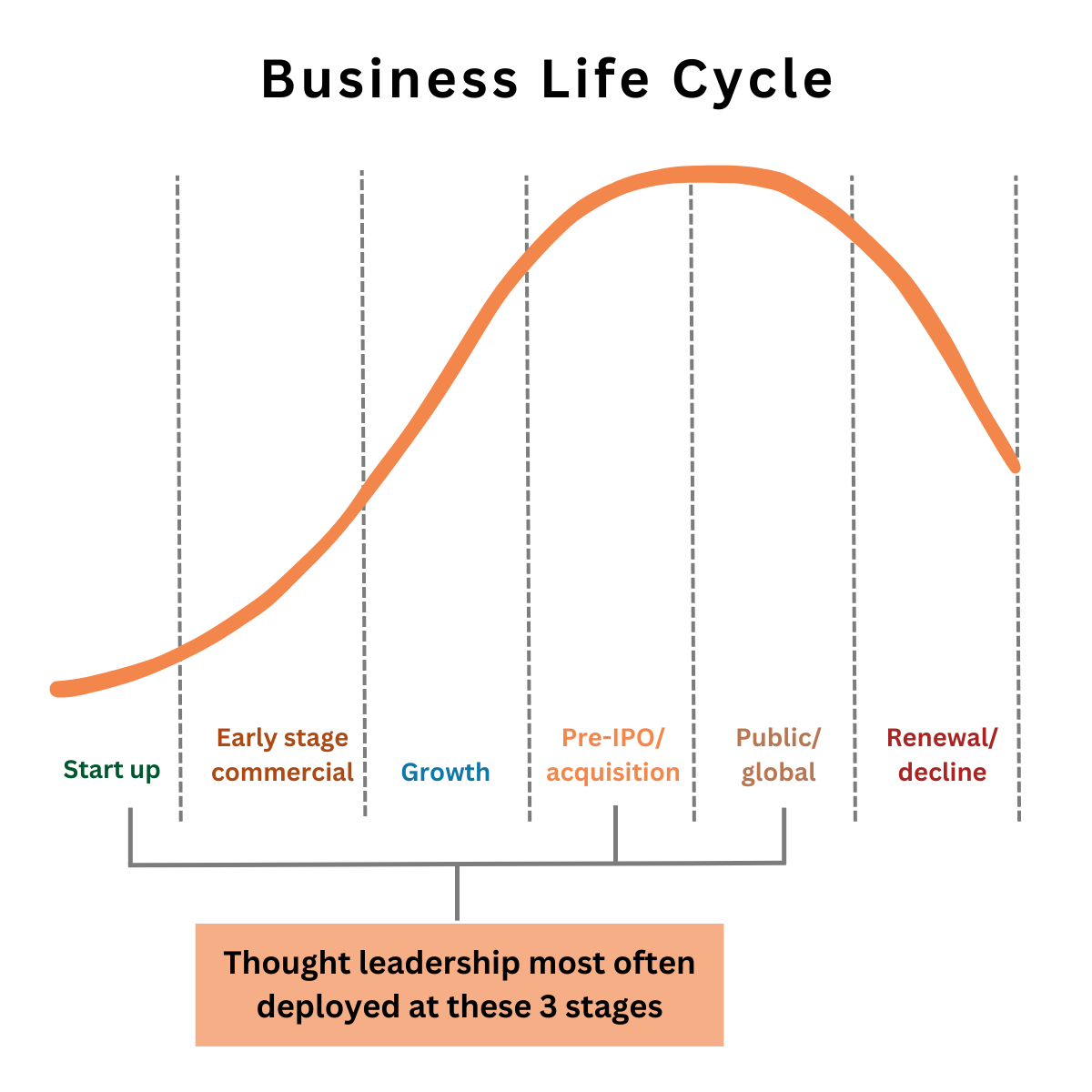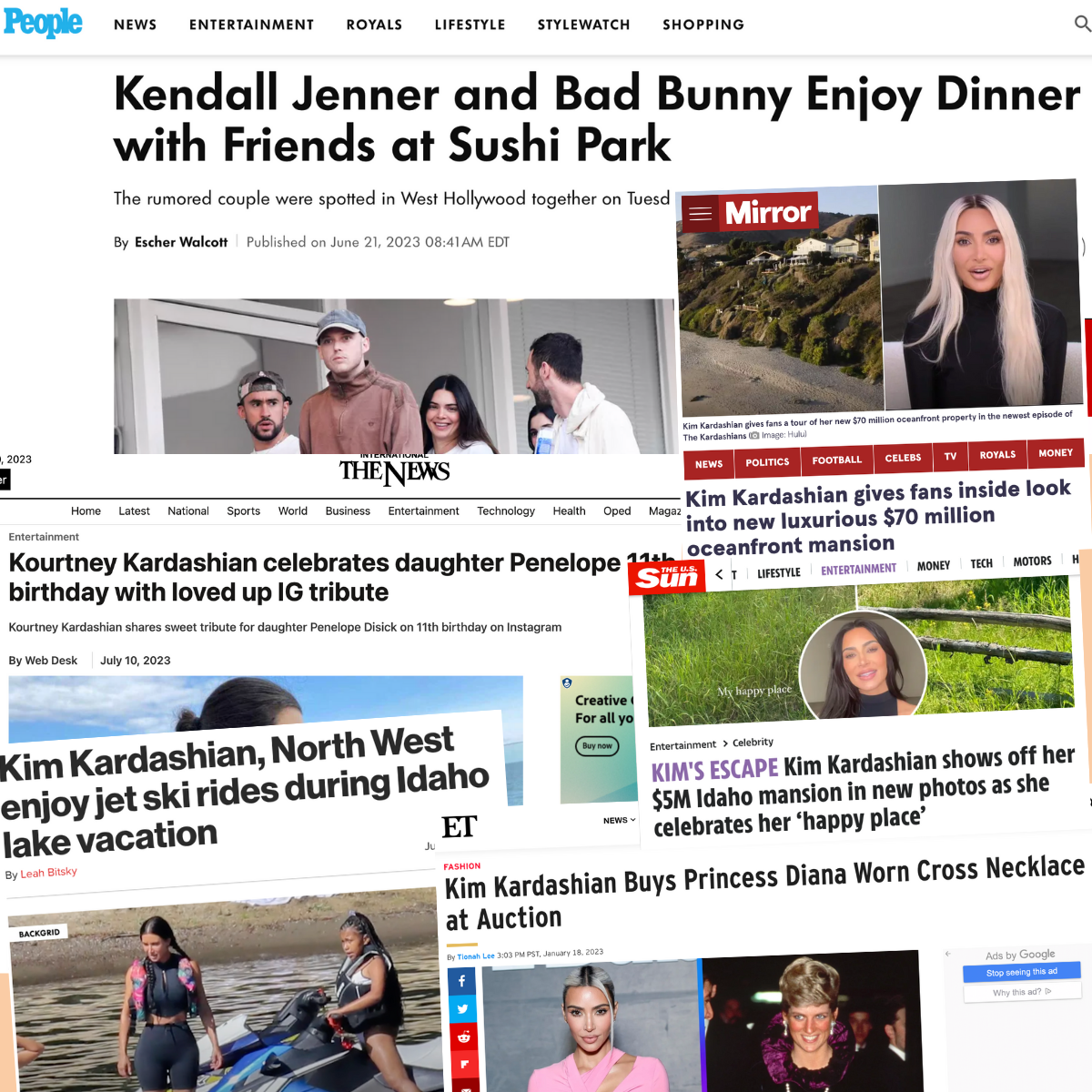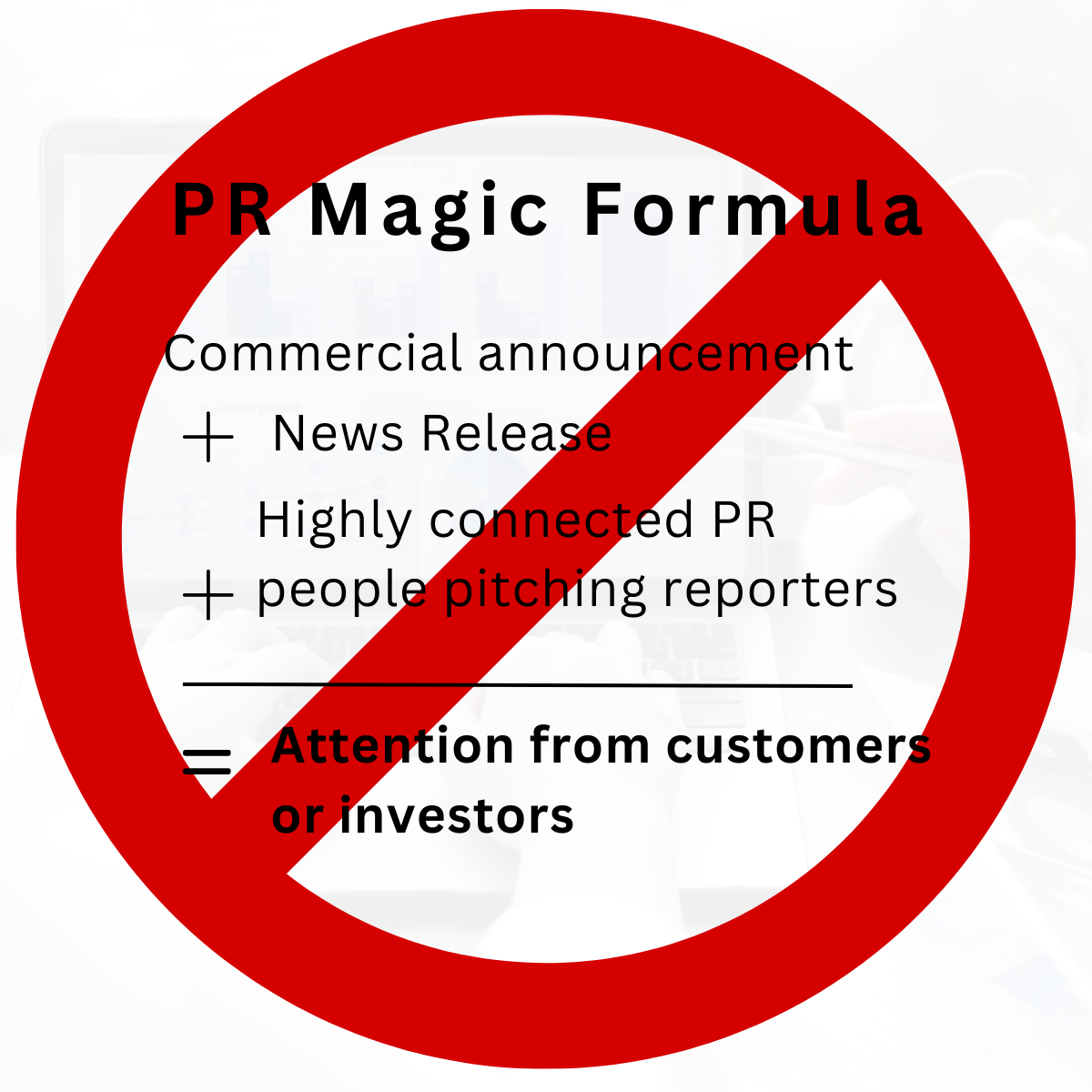By Melissa Baldwin and Mike Casey
Most clean economy businesses need to build profiles for both their company and individual members of their executive teams. Their reasons vary, often by where the company is in the business life cycle. We find a lot of our clients’ profile building needs clusters at these points:

Within clean economy sectors, the desire for a growing profile often exceeds the understanding of what’s required to achieve it.
At its heart, building a profile requires securing attention from strategically chosen platforms that will benefit you or your business. Notice the use of “attention” (the pre-internet term was “newsworthy”). Clean economy communications programs now must engage news outlets as well as influencers, conference organizers and podcasters.
The level of influence a company, institution or person can achieve hinges on leveraging what he/she/it can offer that’s attention worthy. We have found three main drivers of attention-worthiness:
1. What is said
2. How it’s said
3. Platform from which it’s said
We’ll go deeper into each, in reverse order.
Platform importance
There are some people who seemingly could say or do just about anything, and it would generate attention. Often that’s because they say it from a platform (typically a company) that’s big enough that its activities have widespread impact on the world around it.
Jerome Powell of the Federal Reserve. Pope Francis. Larry Fink of BlackRock. All of them speak from an institutional perch that’s big and impactful enough that even everyday actions are seen as attention worthy.
Here’s an article in the vaunted Wall Street Journal on Elon Musk’s sleeping habits and back pain. 
Many of our readers don’t get enough sleep. Other have back pain. I (Mike) am in both categories. But The Wall Street Journal isn’t covering our version of these problems. This piece is “Exhibit A” on how low amounts of attention-worthiness are elevated by the size of the platform.
How it’s said
The second driver of attention is the style, edge or the way something’s said.
Perhaps the Kardashians are the best example. As my daughter once said, the Kardashians are like iceberg lettuce: No nutritional value, but they're everywhere, and no one seems to know why. And yet the Kardashians have stayed aloft in pop culture platforms for 15-20 years. Their entire basis for fame was catalyzed by Dad helping acquit a murderer, followed by years of oversharing weird behavior. There's no inherent value or world impact in what the Kardashians say or do. But see them we do. All the time, everywhere.

What you say
Several factors – market expectations, concerns about brand reputation, laws and regulations, young companies – relegate most clean economy companies to relying only on what they say.
Here’s the rub, though. Far too many companies are convinced they can generate attention off their commercial announcements. The belief is something like: 
This mindset is on display in frequent requests from client prospects that go something like this:
“We are an early-stage company in the _____ sector. My team is currently looking for a clean energy PR firm that is highly capable in media relations and journalist outreach. Specifically, we are looking at having upcoming press releases placed in tier 1 journals.”
This is a common desire, but it’s not grounded in the reality of business communication. Most cleantech companies don’t significantly impact the broad economy, interest rates, or the spiritual health of billions of people. And none are going to engage in Kardashian-like behavior to gain attention by how they say what they say. (Nor should they).
Their only way to generate attention rests solely on what they say.
But just because you have a “what” doesn’t mean anyone cares. Every week, several hundred cleantech companies achieve big sales, make new hires and win significant investments from a strategic partner. Why should a media outlet care about yours? Is there something market-changing about your announcement? Does it tell a bigger truth?
Most of the time, the answer is “no,” and it’s unwise to put your hopes on well-connected PR people can secure attention well beyond what the attention-worthiness of the announcement. We dissemble that aspiration here and here, among other places.
The big takeaway is this: You’re not going to generate sustained attention by living off your commercial announcements. You busted your butt to achieve that milestone. But to the outside world, it’s just another announcement among many.
Insight vs. content separates the adults from the kids table
There's a much better way. I can't think of a cleantech company that's older than a year that hasn't studied in depth the problem it's out to solve. Many rely on large amounts of data and sharp analytical abilities to develop their service or product and engage customers in retail sales conversations. That means that most cleantech companies can say meaningful things about the market, sector trends and emerging solutions to big problems. By crafting content that tells a critical audience something useful it did not know about itself, a company can become far more attention worthy because it's discussing the larger world rather than self-referential gobbledygook that Joel Makower recently discussed.
Content is self-referential. Insights offer something that:
(1) Is new
(2) Tells people something they want to learn more about (often themselves)
(3) Benefits an audience that’s critical to your company
Insights give you attention-worthiness. They don’t guarantee attention, but they get you in the door. The next time you hear someone at your company say that we need to hire the cleantech PR firm that can get our news “placed,” help them and your company by suggesting the company should instead earn its attention by finding useful things to say to the marketplace. It’s the best way to use the most reliable driver of attention.